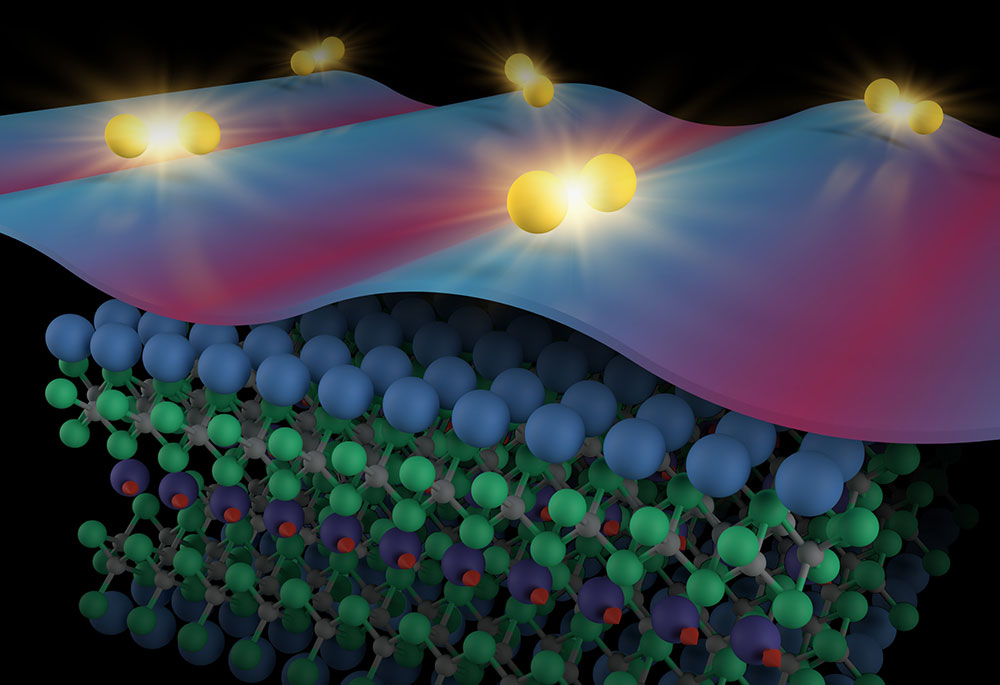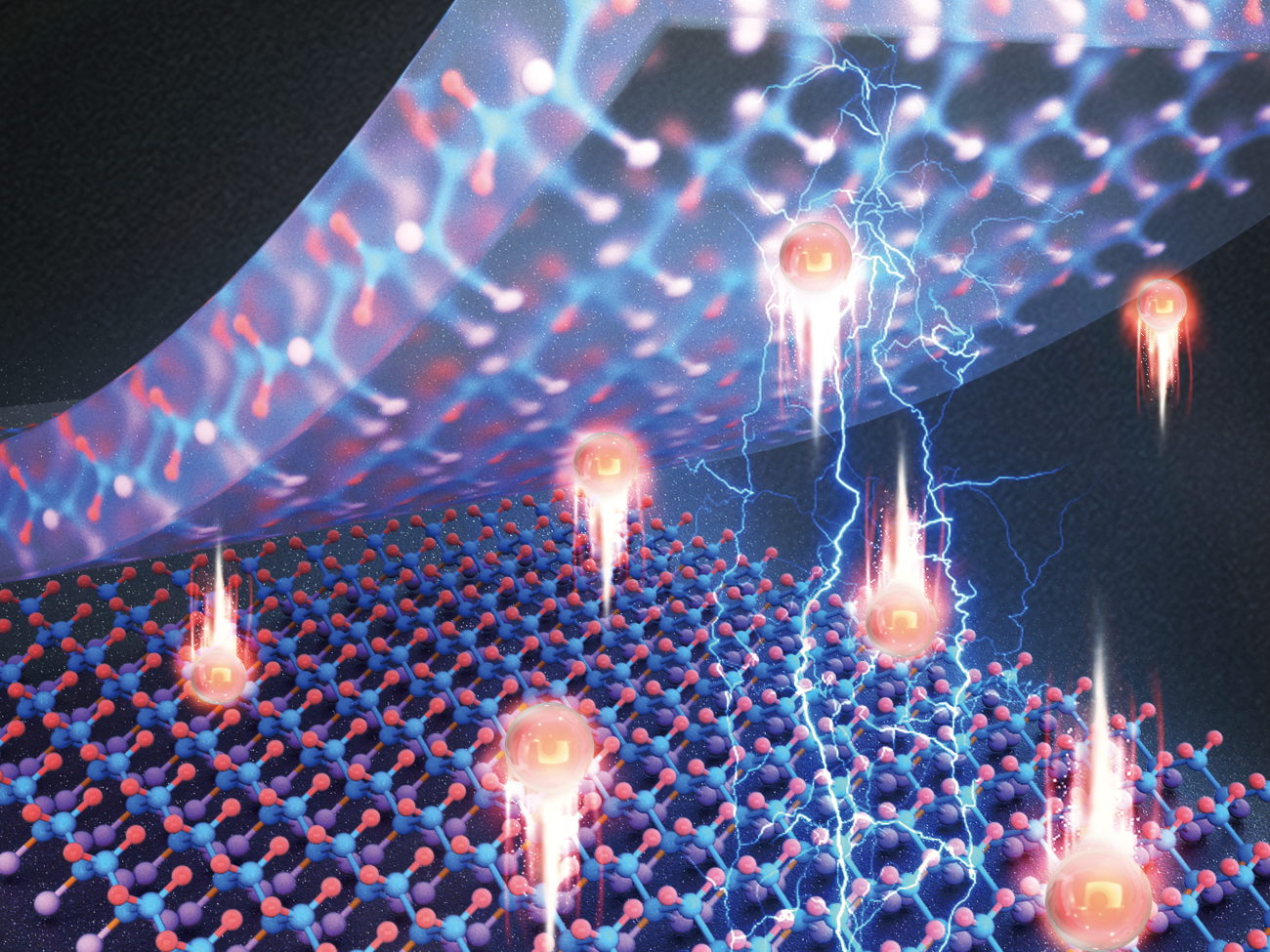
In the field of superconductivity—the phenomenon in which electrons can flow through a material with essentially zero resistance—the “holy grail” of discovery is a superconductor that can perform under everyday temperatures and pressures. Such a material could revolutionize modern life. But currently, even the “high-temperature” (high-Tc) superconductors that have been discovered must be kept very cold to function—too cold for most applications.
Scientists still have much to learn before room-temperature superconductivity can...
Read More









Recent Comments